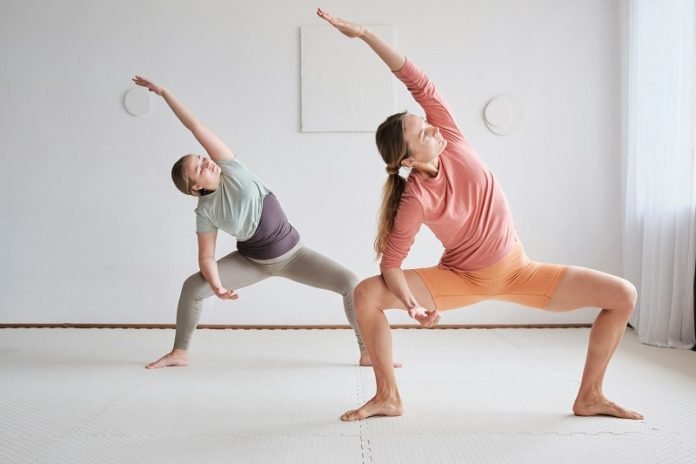
High blood pressure, or hypertension, is a condition that affects millions worldwide.
It’s often called the “silent killer” because it can lead to serious health issues like heart disease and stroke without showing many symptoms.
Managing blood pressure is crucial, and while medication and diet play key roles, alternative therapies like yoga are gaining attention for their potential benefits.
Yoga, a mind-body practice with origins in ancient India, involves a combination of physical postures, breathing exercises, and meditation. It’s not only a way to improve fitness but also a means to enhance overall well-being.
For those with high blood pressure, yoga offers a gentle yet effective way to help control their readings and reduce stress, which is a significant contributing factor to hypertension.
Research on yoga’s effects on blood pressure has been promising. Studies have found that regular yoga practice can lead to significant reductions in blood pressure.
One study showed that participants who practiced yoga regularly for three months saw a reduction in their systolic (the top number) and diastolic (the bottom number) blood pressure.
These changes were attributed to yoga’s ability to decrease stress hormones, improve arterial relaxation, and enhance blood vessel function.
Specific yoga routines are particularly beneficial for those with hypertension. Gentle, restorative yoga poses that do not overly strain the heart are recommended. Here are a few examples of such poses:
- Cat-Cow Pose (Marjaryasana-Bitilasana): This gentle flow between two poses helps to relieve tension in the spine and calm the mind, promoting relaxation which can help lower blood pressure.
- Bridge Pose (Setu Bandhasana): Lying on your back with your knees bent, lifting the hips can help manage stress and improve circulation.
- Legs-Up-the-Wall Pose (Viparita Karani): This restorative pose involves lying on the floor and resting your legs up against a wall. It is highly relaxing and can help in lowering blood pressure by reversing the blood flow.
- Child’s Pose (Balasana): A resting pose that gently stretches the back and promotes relaxation, helping to reduce stress and fatigue.
- Corpse Pose (Savasana): Typically done at the end of a yoga session, this pose involves lying flat on your back and is used for relaxation, which can help lower blood pressure.
Breathing exercises, known as Pranayama, are also a key part of yoga that can benefit hypertension patients. Techniques like deep abdominal breathing, alternate nostril breathing (Nadi Shodhana), and extended exhalation can be particularly effective.
These practices help in controlling the heart rate and reducing blood pressure by calming the nervous system and decreasing stress levels.
Moreover, meditation, which often accompanies yoga practices, provides additional benefits by reducing the body’s stress response, which is crucial in managing hypertension.
Even a few minutes of meditation daily can lead to noticeable improvements in stress and blood pressure control.
While the evidence supports the benefits of yoga for managing high blood pressure, it’s important for patients to remember that yoga should not replace traditional medical treatment for hypertension.
It should be used as a complementary approach, ideally under the guidance of both a healthcare provider and a qualified yoga instructor. This ensures that the routines followed are safe and appropriately tailored to the individual’s health status.
In conclusion, yoga offers a holistic approach to managing high blood pressure, with research-backed benefits ranging from lowering stress to improving heart health.
Incorporating yoga into the daily routine can be a peaceful, restorative path to better health for hypertension patients, enhancing their quality of life and potentially reducing their dependence on medications.
If you care about high blood pressure, please read studies that early time-restricted eating could help improve blood pressure, and natural coconut sugar could help reduce blood pressure and artery stiffness.
For more information about blood pressure, please see recent studies about added sugar in your diet linked to higher blood pressure, and results showing vitamin D could improve blood pressure in people with diabetes.
Copyright © 2024 Knowridge Science Report. All rights reserved.



